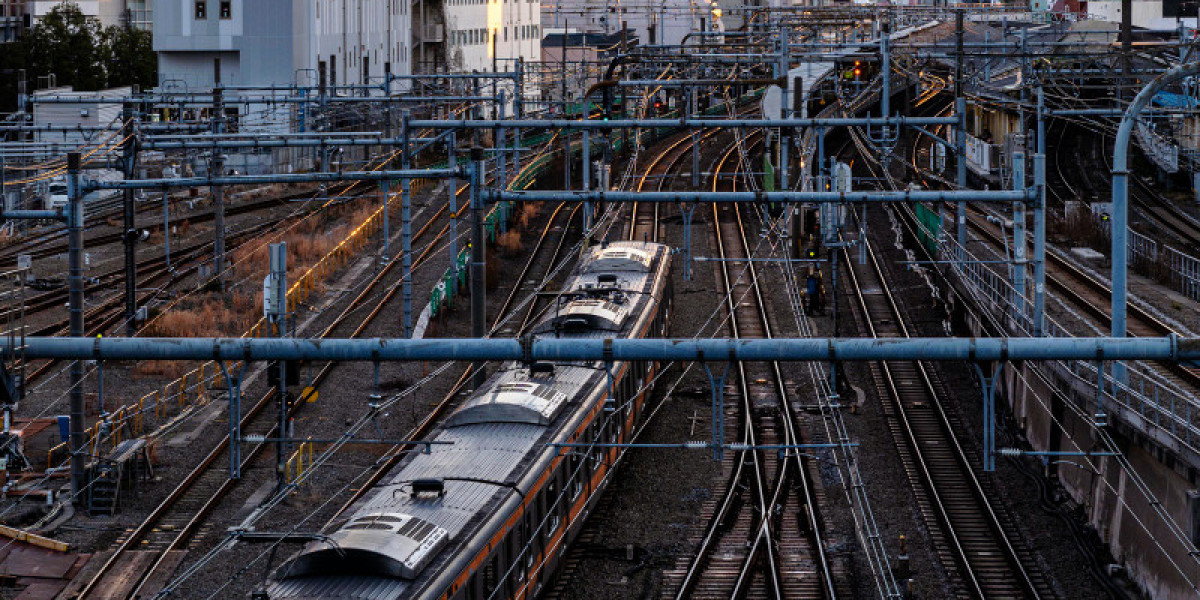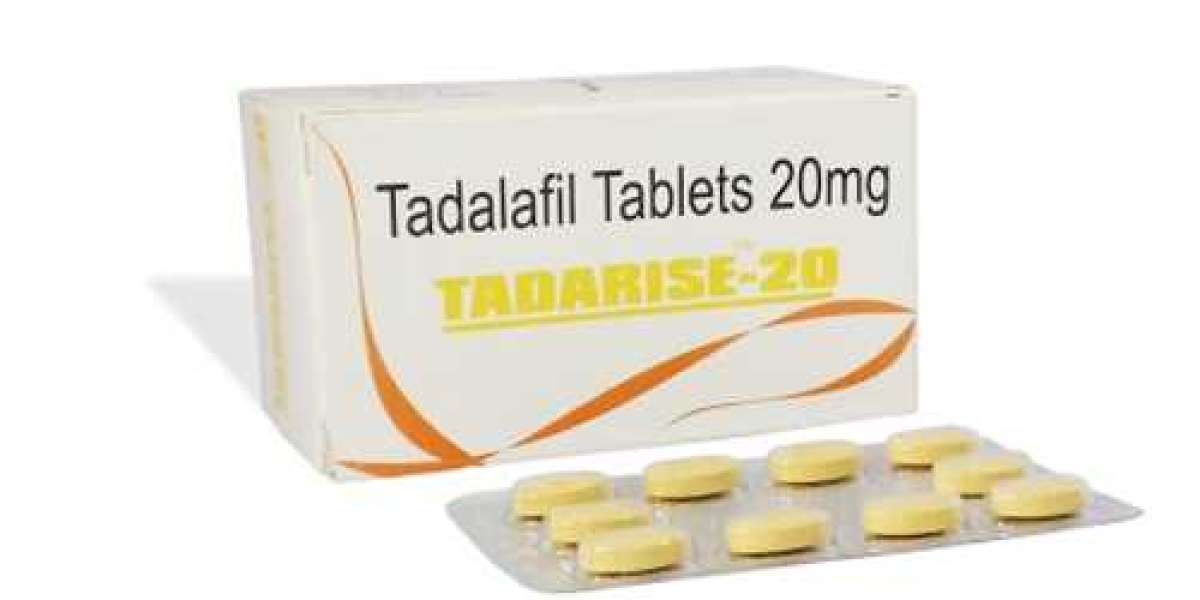The Internet of Things (IoT) has emerged as a revolutionary force across various industries, and the railway sector is no exception. In recent years, the integration of IoT in railways has ushered in a new era of efficiency, safety, and sustainability. This article explores the transformative impact of IoT on railways, highlighting key applications, benefits, and challenges.
- Smart Infrastructure Management:
One of the primary applications of IoT in railways is the implementation of smart infrastructure management systems. IoT sensors are strategically deployed along rail tracks, bridges, and tunnels to monitor the structural health of assets in real-time. These sensors collect data on factors such as temperature, vibration, and stress, allowing for predictive maintenance. By detecting potential issues before they escalate, railways can significantly reduce downtime and enhance overall safety.- Predictive Maintenance:
Traditional maintenance practices in the railway industry are often based on fixed schedules, leading to unnecessary downtime and increased costs. IoT-enabled predictive maintenance, on the other hand, leverages data analytics to predict when components or equipment are likely to fail. This proactive approach allows for targeted maintenance interventions, minimizing disruptions, and optimizing operational efficiency.- Enhanced Safety and Security:
IoT plays a crucial role in enhancing safety and security within the railway ecosystem. Surveillance cameras, motion sensors, and other IoT devices are deployed in stations, trains, and critical infrastructure to monitor for potential security threats. Additionally, sensors on train doors and tracks help prevent accidents by providing real-time alerts to operators and control centers, allowing for swift response in emergency situations.- Optimized Operations and Traffic Management:
Real-time data from IoT sensors and devices enable railways to optimize operations and traffic management. Through the analysis of passenger movement, train schedules, and track conditions, operators can make informed decisions to improve the overall efficiency of the system. This includes dynamically adjusting train schedules, managing congestion, and optimizing routes for better resource utilization.- Energy Efficiency and Sustainability:
The integration of IoT in railways contributes to environmental sustainability by optimizing energy consumption. Smart sensors monitor energy usage across the railway infrastructure, enabling operators to identify areas for improvement. This data-driven approach helps reduce energy waste, lower operational costs, and align railway operations with green initiatives.
Challenges and Considerations:
While the benefits of IoT in railways are significant, the implementation comes with its own set of challenges. Privacy concerns, cybersecurity threats, and the high initial cost of IoT infrastructure are among the key considerations that railway operators must address. Collaborative efforts between stakeholders, regulatory bodies, and technology providers are essential to overcome these challenges and ensure the successful integration of IoT in the railway sector.
Conclusion:
The Internet of Things is revolutionizing the railway industry, offering unprecedented opportunities to enhance safety, efficiency, and sustainability. As technology continues to evolve, the railway sector must embrace the potential of IoT to stay competitive and meet the growing demands of the modern world. Through smart infrastructure management, predictive maintenance, enhanced safety measures, optimized operations, and a commitment to sustainability, IoT is paving the way for a more connected and efficient future for railways worldwide.



